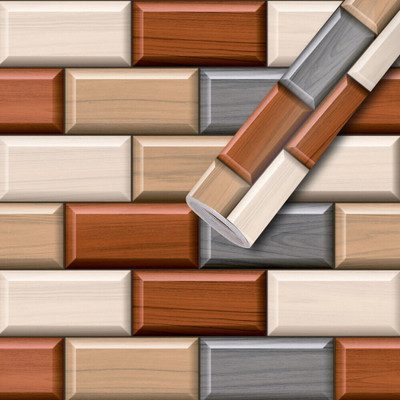
ajay arts Indian Maharaja Elephant Tiger Hunting Handmade Traditional Miniature Painting Watercolor 12 inch x 8 inch Painting (Without Frame)
Price: Not Available
Currently Unavailable
Highlights
- Theme: Miniature
- W x H: 8 inch x 12 inch
- Type: Watercolor
Description
Indian Maharaja hunting art is a genre of Indian art that depicts the hunting expeditions of the Maharajas (kings) of India. These artworks showcase the royal hunts, where the Maharajas would engage in hunting wildlife, often in elaborate and grand settings.
In these paintings, the Maharaja is typically depicted as the central figure, accompanied by a retinue of courtiers, soldiers, and hunting dogs. The artwork captures the action and excitement of the hunt, showcasing the Maharaja's skill, bravery, and prowess as a hunter.
The animals being hunted can vary, ranging from tigers, lions, and leopards to deer, boars, and other wildlife. The artists skillfully depict the animals in motion, capturing their grace, power, and beauty. The backgrounds often depict lush landscapes, forests, or hunting reserves, adding depth and context to the scene.
Indian Maharaja hunting art is characterized by its rich colors, intricate details, and exquisite brushwork. The artists pay close attention to the attire and weaponry of the Maharaja and his entourage, as well as the flora and fauna of the surroundings.
These artworks not only highlight the hunting prowess of the Maharajas but also reflect their status and power. Hunting was considered a royal pastime and a demonstration of the ruler's bravery and dominance over nature. The paintings serve as a visual representation of the opulence, grandeur, and authority of the Maharajas.
Indian Maharaja hunting art is highly valued as a cultural and historical artifact. These paintings can be found in museums, art galleries, and private collections, showcasing the rich heritage of Indian royalty and their affinity for hunting.
Read More
Specifications
General
| Model Number |
|
| Model Name |
|
| Frame Included |
|
| Pack of |
|
| Art Form Type |
|
| Regional Speciality |
|
| Frame Color |
|
| Artist Name |
|
| Net Quantity |
|
Dimensions
| Width |
|
| Height |
|
| Weight |
|
Be the first to ask about this product
Safe and Secure Payments.Easy returns.100% Authentic products.
Back to top








